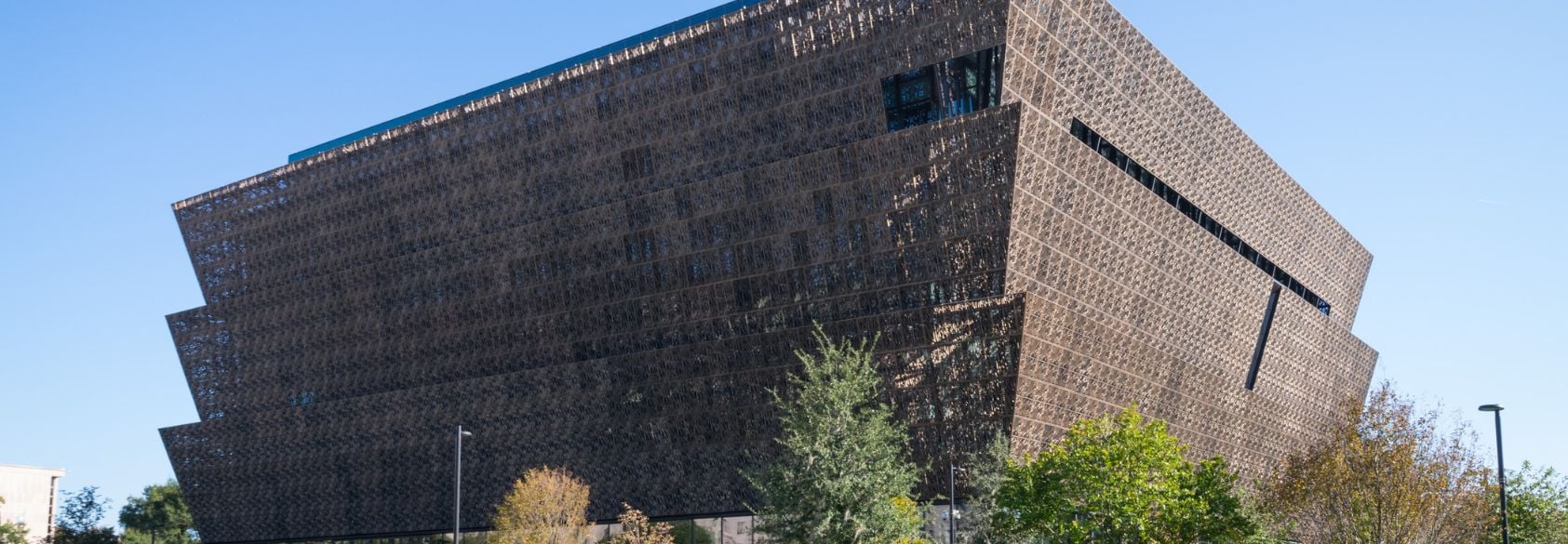Exploring the Efforts to Control How U.S. History Is Presented in Museums and Monuments
Ask students: When did President Trump give a speech in front of Mount Rushmore? Why is the Trump administration targeting the Smithsonian Museums?

How do museums like the National Museum of African American History and Culture shape the way we understand U.S. history—and who decides what stories are told? Photo credit: Difference engine
Share
May 2, 2025
Ask students: When did President Trump give a speech in front of Mount Rushmore? Why is the Trump administration targeting the Smithsonian Museums?
Share
The Trump administration has put its mark on the nation’s cultural sector. One focus is on how American history is told and presented in museums and monuments. That has roiled many in the academic and art worlds. Jeffrey Brown explores the effort to reshape institutions for our series, Art in Action, exploring the intersection of art and democracy and our arts and culture coverage, CANVAS.
View the transcript of this story. News alternative: Check out recent segments from the News Hour, and choose the story you’re most interested in watching. You can make a Google doc copy of discussion questions that work for any of the stories here.
In this segment, journalist Jeffrey Brown notes that a central question of this story is, "Who owns American history?" Who do you think should decide how public history, such as monuments or museum exhibits, is displayed?
Media literacy: Why do you think the producers of this segment interviewed historian David Blight? And why do you think they promise another segment on the same topic featuring Christopher Scalia of the American Enterprise Institute? What differing perspectives do you think these two represent (you can use a search engine to help answer this question)?
As a class, discuss public art and history in your own community.
You might also watch the following video from Student Reporting Labs on the impact of art.
Using the challenges to democracy in recent years as a teachable moment, we created resources to help students reflect on threats to democratic principles and explore topics such as media literacy, civil discourse, voter suppression, and misinformation.
Republished with permission from PBS NewsHour Classroom.
